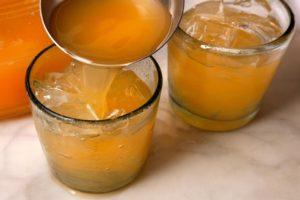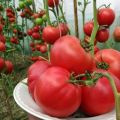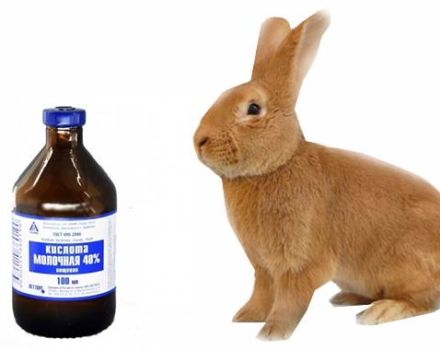Why is homemade wine dirty and how to fix it, prevention methods
In the process of preparing a drink, novice winemakers are trapped by many negative factors leading to the spoilage of the drink. It is especially offensive when everything seems to be done correctly, and during storage, the workpiece simply begins to sour.
Therefore, the winemaker must know the reasons why homemade wine starts to carbonate, as well as be able to prevent or correct this situation.
Why is wine carbonated?
The reasons that the finished wine eventually turned out like sour champagne, with gases, lie in the following:
- The workpiece just wasn't good. It may seem to a novice winemaker that the fermentation process is over, and the wine is completely ready. As a result, the bottles were sealed with lids and stored. But in reality there was still a process called "quiet fermentation". Before closing the bottles with corks, you need to make sure that the wine has clarified - this means that the processing process is complete.
- The end product is poorly filtered. As a result, the sludge with the yeast still working gets into the bottles, and the process continues there.
- Violation of storage conditions. Perhaps the temperature regime was violated - the drink should be stored in a cool place.
- The workpiece is heavily diluted with water at the start of cooking. As a result, the drink turned out to be low in acid and sugar, and these are conditions for the development of bacteria and mold.
- When stored in bottles or other containers, an air layer has formed between the drink and the cork, this also leads to the onset of fermentation.
- The use of low-quality raw materials (crumbled to the ground, spoiled and rotten, as well as long-lying fruits).
- Water seal problems. As a result, air bubbles do not escape, but accumulate in the workpiece.
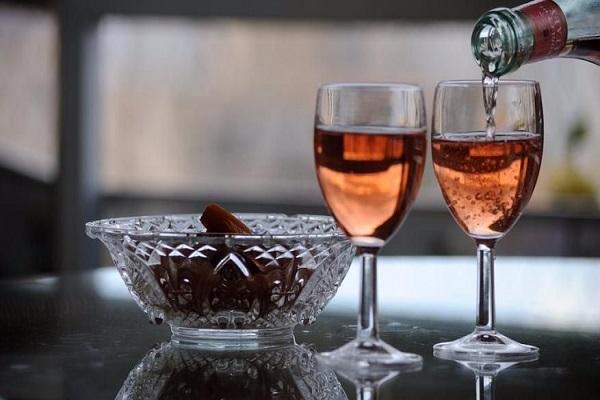
What to do if homemade wine is carbonated
Young wine is susceptible to negative factors that lead to its spoilage, therefore, it requires increased attention. Control and adherence to technology should be at all stages of production. Otherwise, it's easy to get tainted, carbonated wine.
But there are ways to help fix this:
- topping up a new portion of juice with yeast to start re-fermentation of the drink;
- "Recovery" of the workpiece. For this, the sour drink is mixed with good, "healthy" wine;
- filtration through a layer of dense fabric;
- distillation of fermenting wort into alcohol;
- pasteurization in a water bath for 20 minutes at a temperature not higher than +70 C degrees. But such a drink saved from souring must be consumed immediately.
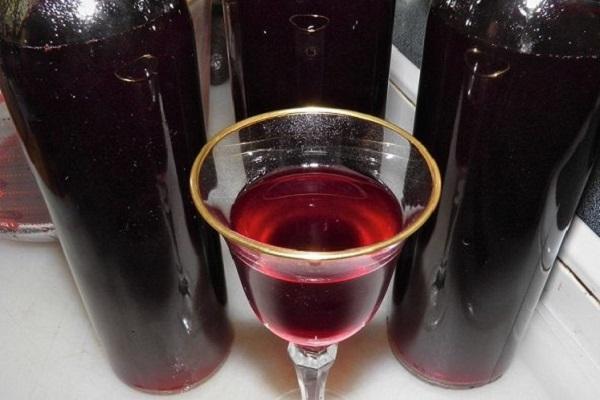
How to prevent the problem from occurring?
Winemakers (especially beginners) often face this problem.Homemade wine can be affected by various bacteria, mold, which leads to souring of the workpiece. Violation of the ratio of ingredients and requirements of the recipe will also lead to spoilage of the drink.

To prevent this from happening, it is imperative to follow proven cooking technology and carry out preventive measures:
- before starting cooking, you need to thoroughly wash, and it is better - also pasteurize all used devices and containers;
- be sure to observe the ratio of juice, water and sugar - the wort should not liquefy too much;
- exclude direct contact of the workpiece with air, minimize the air gap between the wine and the cork;
- observe the temperature regime during storage and fermentation of the drink;
- store the drink only in rooms with suitable conditions (dry, dark and cool). The ideal temperature is +13 C degrees;
- filter the workpiece well, avoiding sediment getting into the bottles;
- it is imperative to use a gas outlet during the wort fermentation stage.
